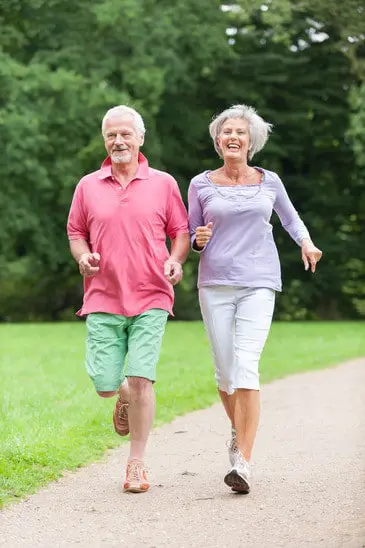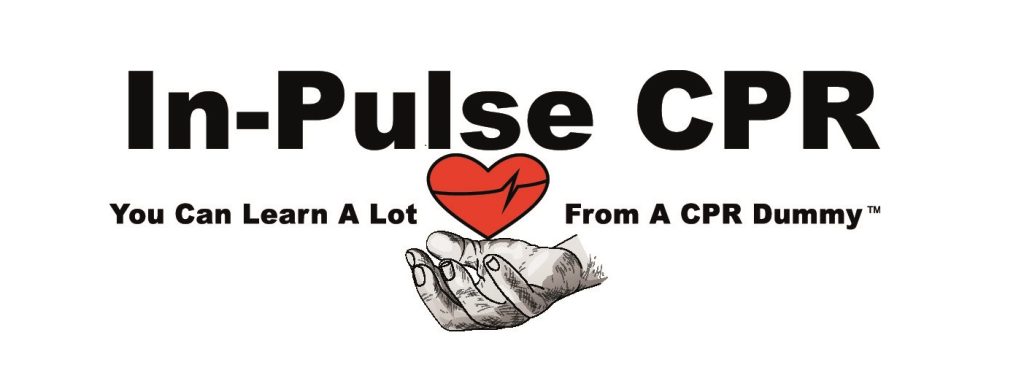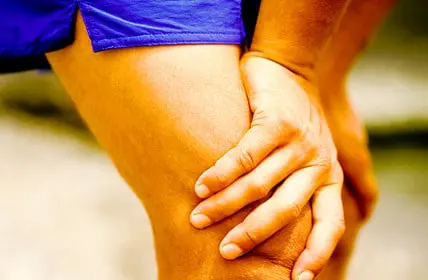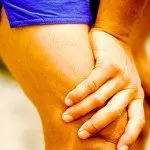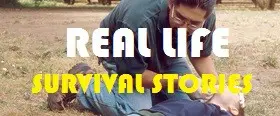Sun-drenched Tampa, with its subtropical climate, rewards residents and visitors alike with a seemingly endless procession of bright, warm days and brilliant blue skies. While other parts of the country are gridlocked in ice and snow, we enjoy mild, pleasant winters.
But Tampa residents know that part of living in this beautiful city is dealing with our sizzling summer temperatures. Designated by the Sperling Heat Index as one of the 10 hottest metropolitan areas in the nation, Tampa features summer temperatures that can, and do, creep into the mid-90’s. High temperatures, paired with Tampa’s abundant humidity, create a sort of double whammy: a high heat index that can lead to serious, even life-threatening, medical conditions.
A few simple precautions can help you prevent heat-related illnesses – heat cramps, heat exhaustion, and heat stroke – from marring your Tampa summer.
can help you prevent heat-related illnesses – heat cramps, heat exhaustion, and heat stroke – from marring your Tampa summer.
What are heat cramps?
Heat cramps are involuntary muscle spasms, usually of the major muscles, following physical activity in hot or humid weather. The least serious of the three conditions, heat cramps can still be painful enough to bring your tennis game or your afternoon of landscaping to a halt. And stopping your hot-weather activity due to heat cramps is just what the doctor ordered; heat cramps, usually accompanied by heavy sweating, can serve as a warning sign for heat exhaustion, a more serious condition.
You can treat heat cramps by moving to a cooler environment, resting, and drinking cool water or sports drinks to replenish fluids that have been lost by perspiring. Medicinenet.com recommends gently stretching the affected muscles. If your heat cramps are very painful, uncontrollable or don’t respond to treatment, contact your doctor.
What is heat exhaustion?
With heat exhaustion, your body’s core temperature rises too high, due to the inability to cool off by sweating. Performing strenuous activity in high heat and humidity can make you more vulnerable to this condition.
In addition to muscle cramps, heat exhaustion involves a constellation of symptoms, which may appear all at once or develop slowly over a period of time. These can include profuse sweating, elevated pulse, goose bumps, headache, skin that is moist and clammy, and feelings of faintness, dizziness, weakness or nausea.
 What should I do?
What should I do?
Stop activity immediately, get into a cool place and remain at rest. Mayo Clinic advises lying on your back with your legs higher than your heart. Drink cool beverages; if available, opt for electrolyte-rich sports drinks like Gatorade. You can cool down further by misting your skin with cold water, taking a cool bath or shower, or applying cold compresses.
These tactics should be enough to cool your body down and alleviate heat exhaustion. If symptoms become worse, or don’t resolve within the hour, Mayo Clinic advises contacting your doctor. If your body temperature should reach 104 degrees F, call 911.
Who is at risk for heat exhaustion?
Technically, everyone and anyone who overdoes it in the heat is at risk for heat exhaustion.
But, because very young and elderly people aren’t as efficient at regulating their body temperature, those over 65 and under 4 years old are particularly vulnerable. Being overweight can contribute to risk, as can taking certain medications, including beta blockers, diuretics, antihistamines, stimulants, antidepressants, antipsychotics and tranquilizers.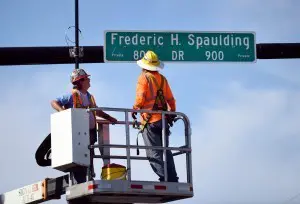
Vacationers take note: being unused to high heat can make you more susceptible. When travelling to a hotter climate, try to allow a couple of days to acclimate to the heat before exercising.
Heat stroke: a life-threatening medical emergency
With heat stroke, the body’s cooling system simply ceases to operate, causing body temperature to rise to dangerous levels, with resultant damage to the brain and other internal organs. If not treated, heat stroke can cause seizures, coma and even death; the Centers for Disease Control report that heat stroke and heat-related causes claim hundreds of lives each year. As with heat exhaustion, most at risk are the elderly, the very young, overweight people and those taking certain medications. But even athletes are not exempt: the young and fit can experience heat stroke after strenuous physical activity in high heat and humidity. Conversely, rigorous exercise doesn’t always play a role. For the susceptible, simply being exposed to very hot and humid weather for prolonged periods — such as two or three days — can result in heat stroke.
What are the symptoms of heat stroke?
The universal symptom of heat stroke is extremely elevated body temperature, with readings at 104 degrees F and above. Skin is usually — but not always — flushed, hot and dry to the touch; if the heat stroke is caused by strenuous exercise, the skin could feel moist. Other signs include slurred speech, nausea, vomiting, headache, rapid breathing, delirium and elevated heart rate.
What should I do?
If you suspect heat stroke, call 911 at once. While waiting for emergency services to arrive, immediately get the person out of the heat and into an air-conditioned or shaded area, and remove their excessive clothing. Try to cool the person off by any means necessary: sponging, misting, or immersing them in cool water. Ice packs, if available, can be applied to the person’s head, neck, groin and armpits.
Common-sense precautions to avoid heat-related illness
Experts say that a heat index of 91 degrees and higher calls for taking systematic precautions to keep cool. Fortunately, the best ways to prevent heat-related problems are also the simplest.
Wear loosely fitting, lightweight, light-colored clothing, drink plenty of fluids, and avoid strenuous activity when temperatures and humidity are high. If you don’t have air conditioning, try to spend at least a few hours in a place that does, such as a library or mall. And, of course, never leave children or pets in a parked car in warm weather.
Use sunscreen. Getting sunburned can raise risk of heat-related conditions.
And — although it may be tempting to envision sipping cool longneck beers or tasty Margaritas while basking in the sun — experts say: skip the booze. Alcohol can actually make you more vulnerable to heat-related problems.
Here’s to a glorious, hot and healthy Tampa summer!
 ed signs of a heart attack and immediately sprang into action. One staffer called 911. One prepped the hotel’s AED and provided aspirin. The 3rd staffer attended to him and kept him calm. It was no time before an ambulance arrived. He was transported to the hospital, treated and made a full recovery. A happy ending for certain, but how frightening does that sound? Having to deal with a serious health incident while being miles from home without your normal support network around you is hard to imagine.
ed signs of a heart attack and immediately sprang into action. One staffer called 911. One prepped the hotel’s AED and provided aspirin. The 3rd staffer attended to him and kept him calm. It was no time before an ambulance arrived. He was transported to the hospital, treated and made a full recovery. A happy ending for certain, but how frightening does that sound? Having to deal with a serious health incident while being miles from home without your normal support network around you is hard to imagine.



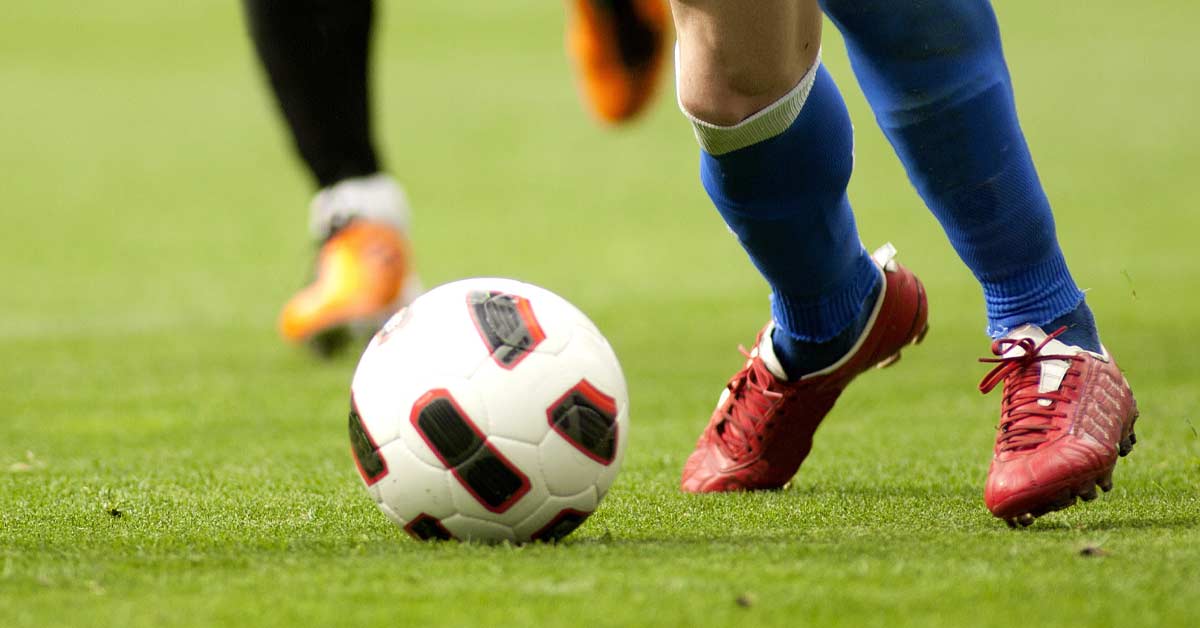
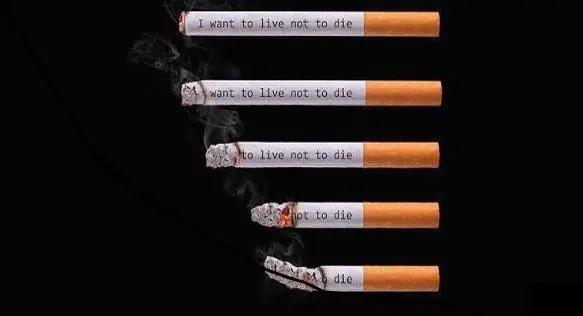
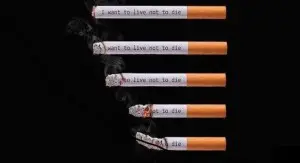

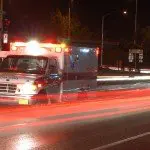 , we always think the same thing: “I’m glad it’s not on its way to see me.”
, we always think the same thing: “I’m glad it’s not on its way to see me.”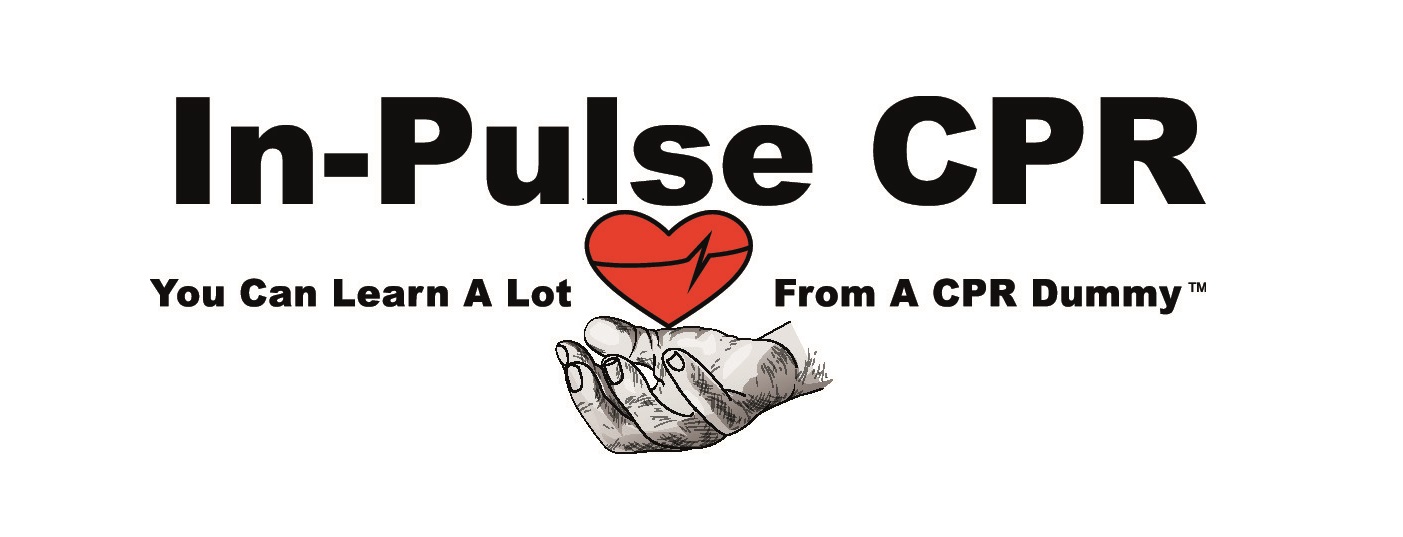
 can help you prevent heat-related illnesses – heat cramps, heat exhaustion, and heat stroke – from marring your Tampa summer.
can help you prevent heat-related illnesses – heat cramps, heat exhaustion, and heat stroke – from marring your Tampa summer. What should I do?
What should I do?
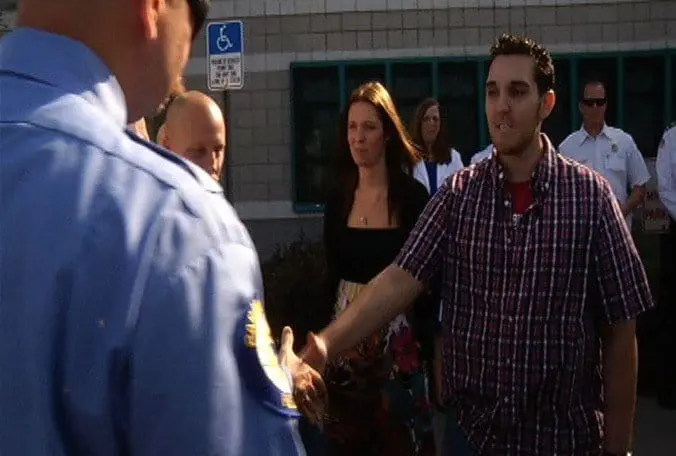
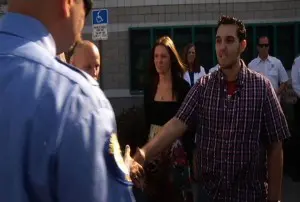 Clearwater resident has had more than his fair share of physical challenges. On November 17, 2015, Smith, who is a cancer survivor, suddenly collapsed inside his apartment. Later, he would explain that his vision went black as he tried to protect his head while falling to his knees.
Clearwater resident has had more than his fair share of physical challenges. On November 17, 2015, Smith, who is a cancer survivor, suddenly collapsed inside his apartment. Later, he would explain that his vision went black as he tried to protect his head while falling to his knees.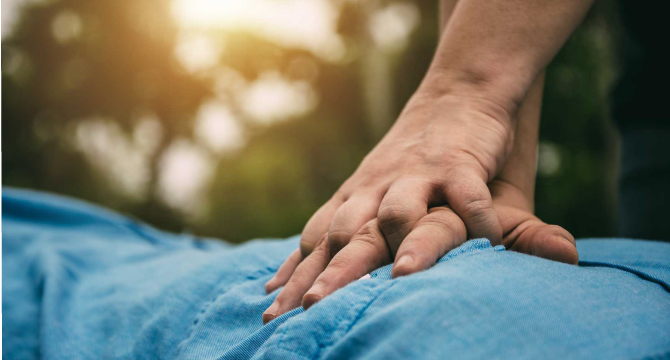
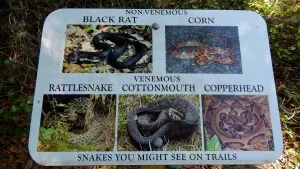
 A commentary recently released by the Mayo Clinic argues that CPR training in high school could be a crucial addition to the curriculum – allowing children to understand the benefits of caring for others and learn new ways to save lives. Recently, the number of U.S. states that have begun to consider cardiopulmonary resuscitation training a necessary requirement for graduation has been rapidly increasing, and requisite CPR training in high school is now used throughout 21 states, effected over one million high-school students a year. Although students have the ability to opt-out, they must obtain parental consent to do so, which compels the majority to learn the basic techniques of CPR.
A commentary recently released by the Mayo Clinic argues that CPR training in high school could be a crucial addition to the curriculum – allowing children to understand the benefits of caring for others and learn new ways to save lives. Recently, the number of U.S. states that have begun to consider cardiopulmonary resuscitation training a necessary requirement for graduation has been rapidly increasing, and requisite CPR training in high school is now used throughout 21 states, effected over one million high-school students a year. Although students have the ability to opt-out, they must obtain parental consent to do so, which compels the majority to learn the basic techniques of CPR.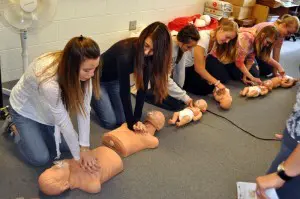 for the cause of death within the United States today, the chances are that most students in high school will either be affected indirectly, or directly by a cardiac arrest at some point during their lives. This means that mandatory CPR training could help to mitigate existing health disparities.
for the cause of death within the United States today, the chances are that most students in high school will either be affected indirectly, or directly by a cardiac arrest at some point during their lives. This means that mandatory CPR training could help to mitigate existing health disparities.

